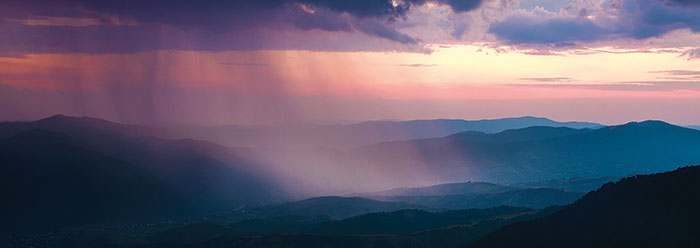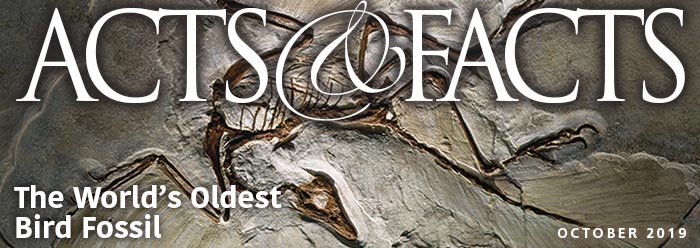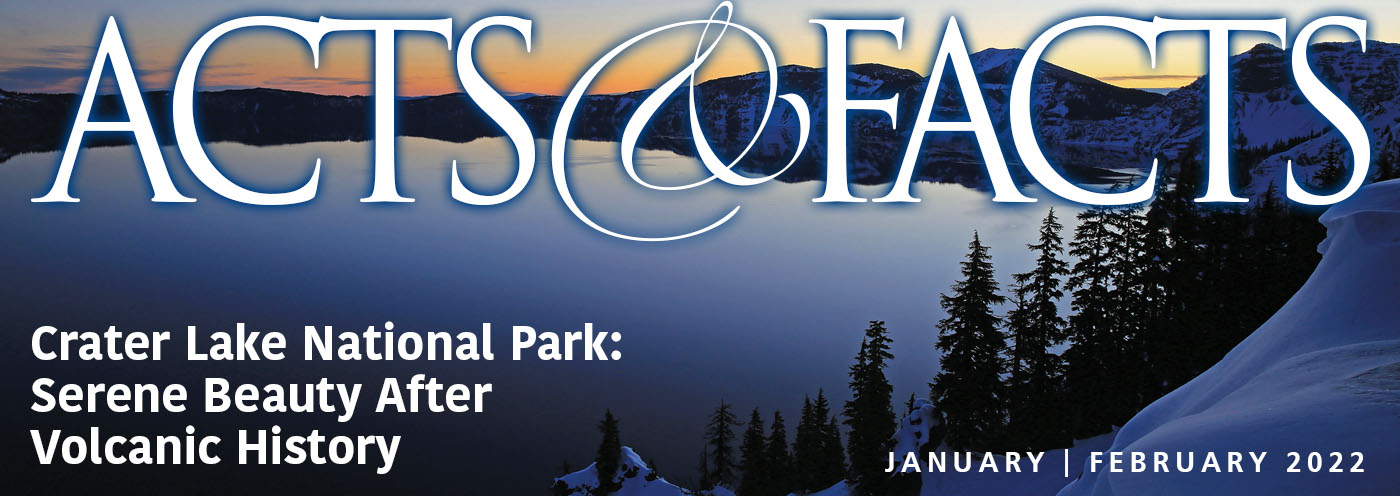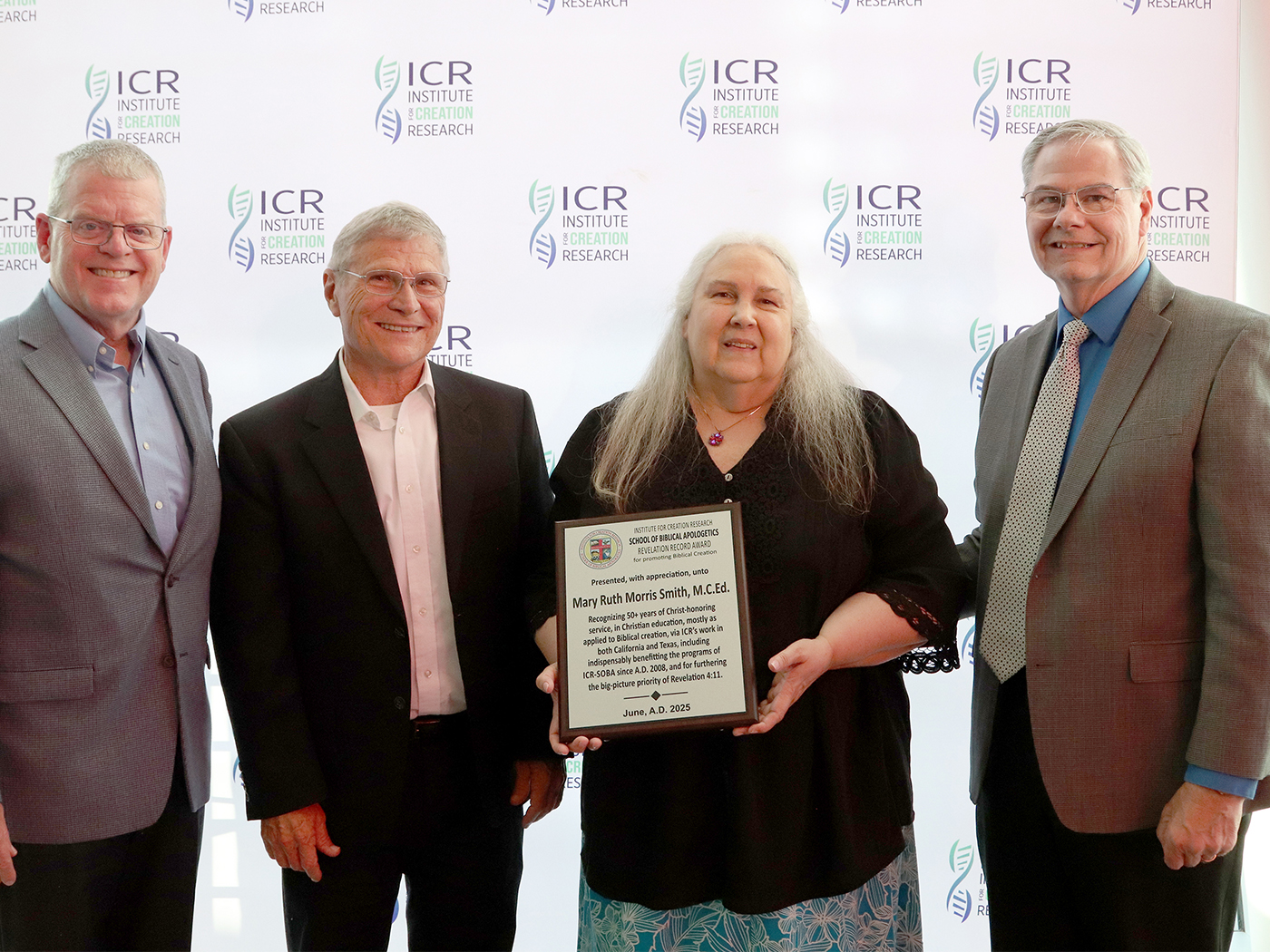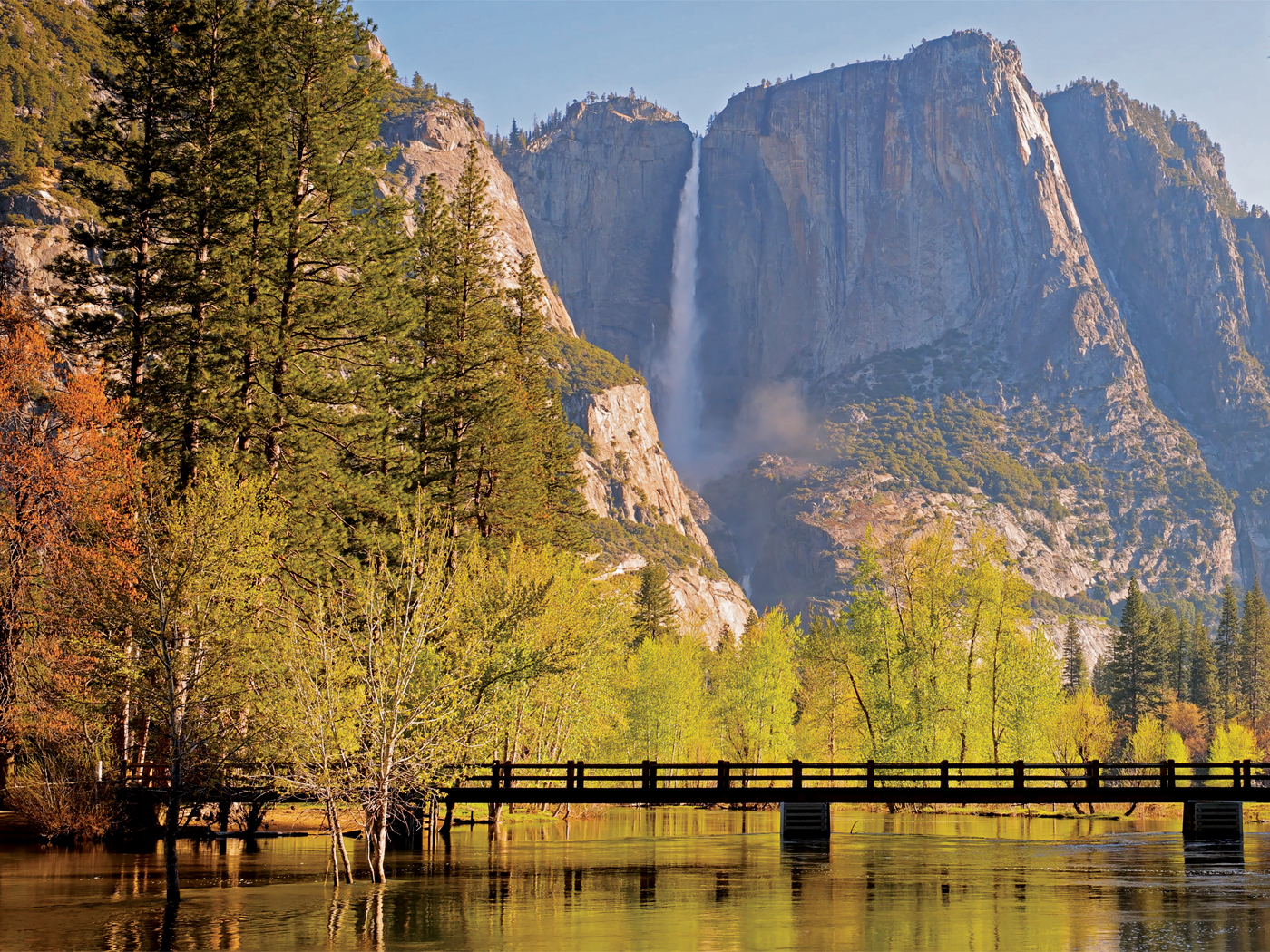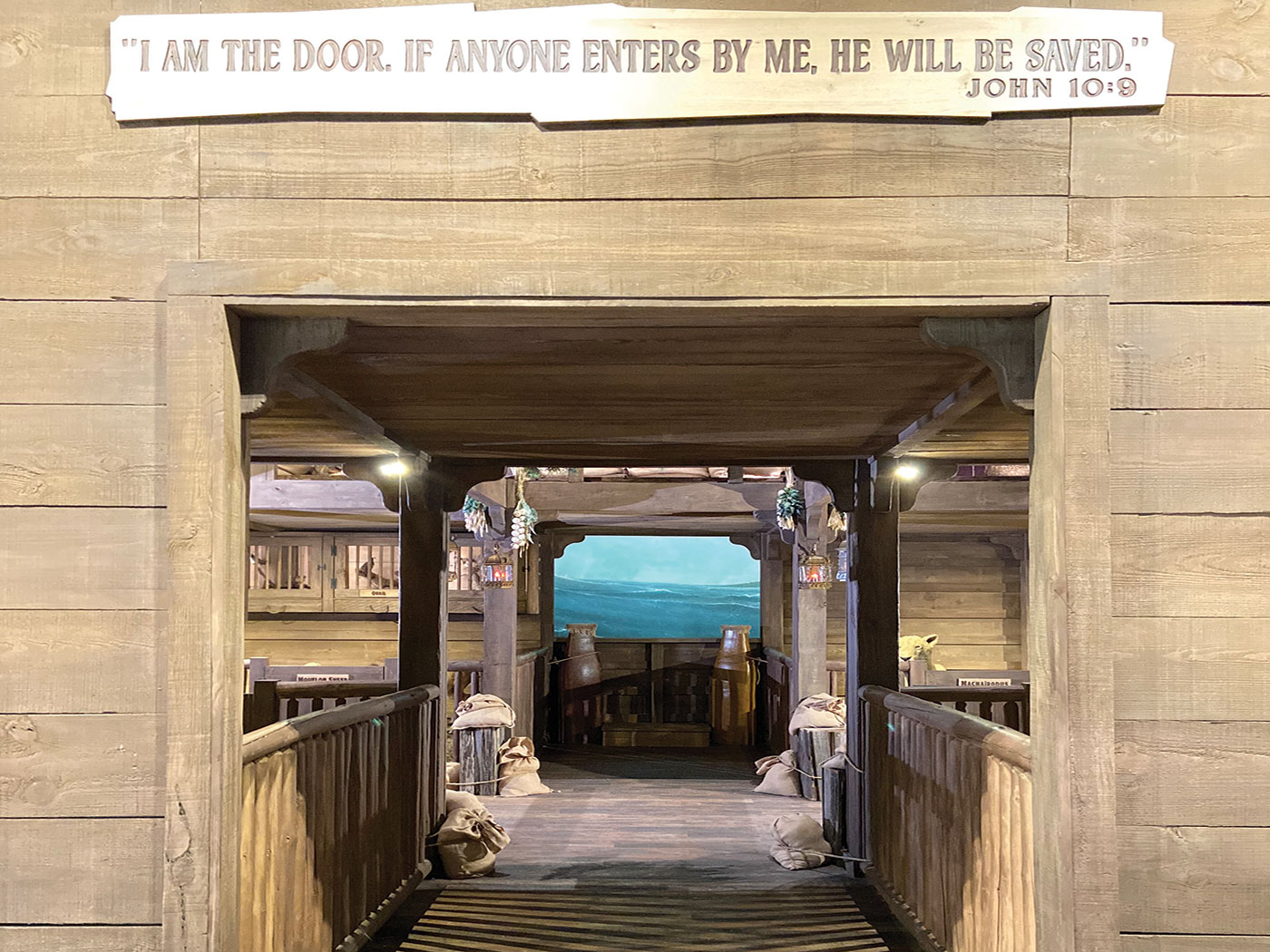In the gospel of Luke, Christ once reported a climate pattern in Israel.1 Alaska’s southeast temperate coastal rainforest corroborates His claims, illustrating once again how true science confirms the Bible.
Most rainforests are tropical, but not all. By definition, the term “tropical” means hot, referring to the warm temperatures of the tropics. However, the word “rainforest” refers to a forested region that receives at least 100 inches per year of rainfall. Thus, if a forested region receives this level of rainfall yet is not hot enough year-round to be tropical, its milder climate makes it a temperate rainforest. And if it is located on a coastline (like Alaska’s southeastern coast), it’s a coastal temperate rainforest.
Usually land next to a seacoast—such as shore-land by an ocean or a large saltwater sea like the Mediterranean—has mild temperatures year-round. The coastal saltwater moderates the land temperatures of the land it touches, absorbing excess heat during warmer weather and radiating heat during cooler weather.
These conditions explain the relatively mild weather of Southeast Alaska. It is considered a rainforest but not a tropical rainforest. What explains its huge quantities of annual rainfall, routinely receiving more than 100 inches (and sometimes much more!) of precipitation per year?
The answer is a phenomenon called orographic precipitation. This refers to how a mountain (or piedmont) range blocks free passage of rainclouds moving from ocean to coastland, forcing them upward and over the mountains. The process causes rainclouds to dump out most of their rain on the mountain slopes before they reach the other side of the mountain.2
Although it likely bypasses the casual reader, this climate pattern was alluded to by the Creator Himself during His public ministry. The Lord’s climate pattern observations were recorded for us by Luke, the empirical science-trained gospel writer:
Then He also said to the multitudes, “When you see a cloud rising out of the west, immediately you say, ‘A shower is coming’; and so it is. And when you see the south wind blow, you say, ‘There will be hot weather’; and there is.”1
The land of Israel is located on the eastern shore of the Mediterranean Sea. Evaporated saltwater pumps loads of moisture-laden air into the clouds floating above that sea. These rainclouds are often blown eastward over Israel, eventually bumping into the Judean foothills. This mountain-like piedmont range separates Israel’s coastland from the Jordan River and the trans-Jordanian highlands, causing the rain to spill on the coastal plain before being pushed eastward over the Judean mountains.3
In contrast, winds blowing from the Negev Desert south of Israel would be dry, hot, and likely rainless. The Negev’s dryness is due to a lack of atmospheric moisture in the Dead Sea area and the arid Sinai Peninsula farther south. At times when desert surface and air temperatures are 100oF or hotter, dry air blows from those locations and routinely produces the hot weather that Christ called the “south wind.”1,4
Again we have an account where the Bible reports scientifically relevant details. Our Lord knew exactly what He was talking about. Surely Luke would have appreciated the orographic weather patterns of Southeast Alaska’s rainforests.
References
- Luke 12:54-55.
- Kricher, J. C. 1993. Ecology of Western Forests. Boston, MA: Houghton Mifflin, 45; Eppenbach, S. 1997. Alaska’s Southeast: Touring the Inside Passage, 6th ed. Guilford, CT: Globe Pequot, 27-31. I thank Dr. Tim Clarey for his help with this article.
- Robertson, O. P. 1996. Understanding the Land of the Bible: A Biblical-Theological Guide. Phillipsburg, NJ: Presbyterian & Reformed Publishing, 41.
- Interestingly, the orographic precipitation that regularly dumps Mediterranean rainwater on the coastal plain of Israel occurs on Israel’s western coast, just like the temperate rainforests of Southeast Alaska and those in coastal Oregon, Washington, and Western Canada that also occur on western coastlines. Likewise, the west coasts of New Zealand and Chile illustrate this same biome ecology pattern.
* Dr. Johnson is Associate Professor of Apologetics and Chief Academic Officer at the Institute for Creation Research.




